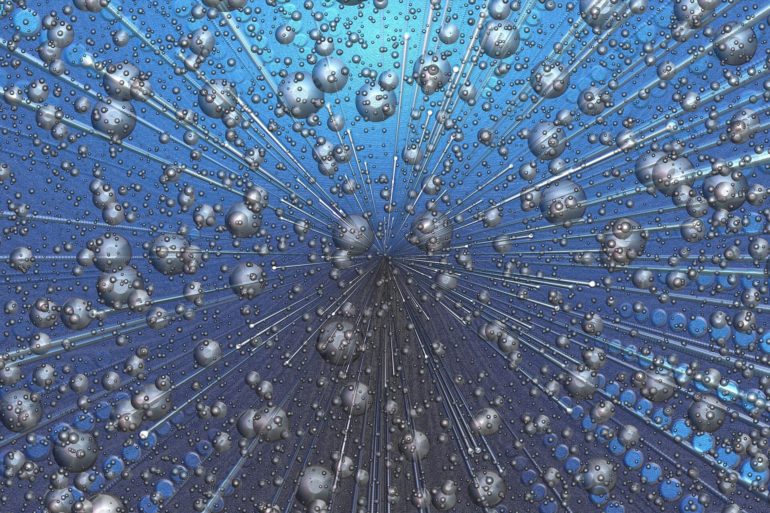Oscillatory behaviors are ubiquitous in nature, ranging from the orbits of planets to the periodic motion of a swing. In pure crystalline systems, presenting a perfect spatially-periodic structure, the fundamental laws of quantum physics predict a remarkable and counter-intuitive oscillatory behavior: when subjected to a weak electric force, the electrons in the material do not undergo a net drift, but rather oscillate in space, a phenomenon known as Bloch oscillations. Ultracold atoms immersed in a light crystal, also known as optical lattices, are one of the many systems where Bloch oscillations have been observed.
In general, the motion of particles is affected by the presence of forces, such as those generated by electromagnetic fields. In certain crystals, emergent fields reminiscent of electromagnetic fields can also exist as an intrinsic property of the material and they can potentially affect Bloch oscillations. From a mathematical point of view, these intrinsic fields can take various forms. Of particular interest are those fields represented by mathematical quantities that do not commute, namely for which the product ‘a x b’ is not equal to ‘b x a’. These mathematical quantities, and the corresponding physical properties, are commonly called “non-Abelian”. In nature, generalized non-Abelian forces are required to describe the weak or strong nuclear forces, whereas electromagnetism is more simply described by Abelian (commuting) ones.
Writing in Nature Communications, M. Di Liberto, N. Goldman and G. Palumbo (Science Faculty, ULB) demonstrate that intrinsic non-Abelian fields can generate a novel type of Bloch oscillations in crystals. This exotic oscillatory phenomenon is characterized by a multiplication of the oscillation period, as compared to the fundamental period set by the crystal geometry. This multiplication factor has a profound origin, as it stems from the symmetries of the crystal and can be attributed to a topological invariant (a numerical quantity that is robust under small deformations of the crystal). Furthermore, these exotic Bloch oscillations are shown to be perfectly synchronized with a beating of internal states of the crystal. This work sheds new light on topological quantum matter with non-Abelian properties.
Physicists use classical concepts to decipher strange quantum behaviors in an ultracold gas
More information:
M. Di Liberto et al. Non-Abelian Bloch oscillations in higher-order topological insulators, Nature Communications (2020). DOI: 10.1038/s41467-020-19518-x
Provided by
Université libre de Bruxelles
Citation:
A new beat in quantum matter (2020, November 23)
retrieved 23 November 2020
from https://phys.org/news/2020-11-quantum.html
This document is subject to copyright. Apart from any fair dealing for the purpose of private study or research, no
part may be reproduced without the written permission. The content is provided for information purposes only.



